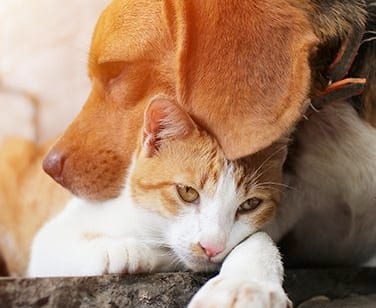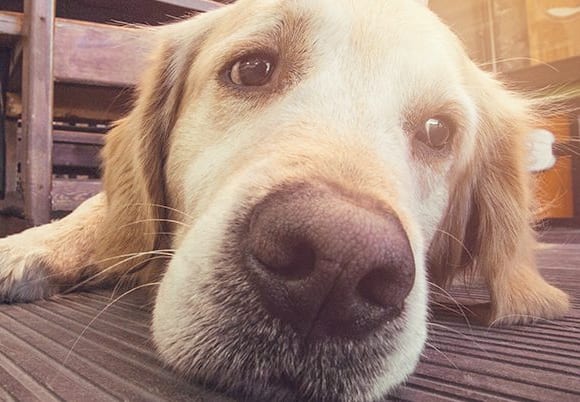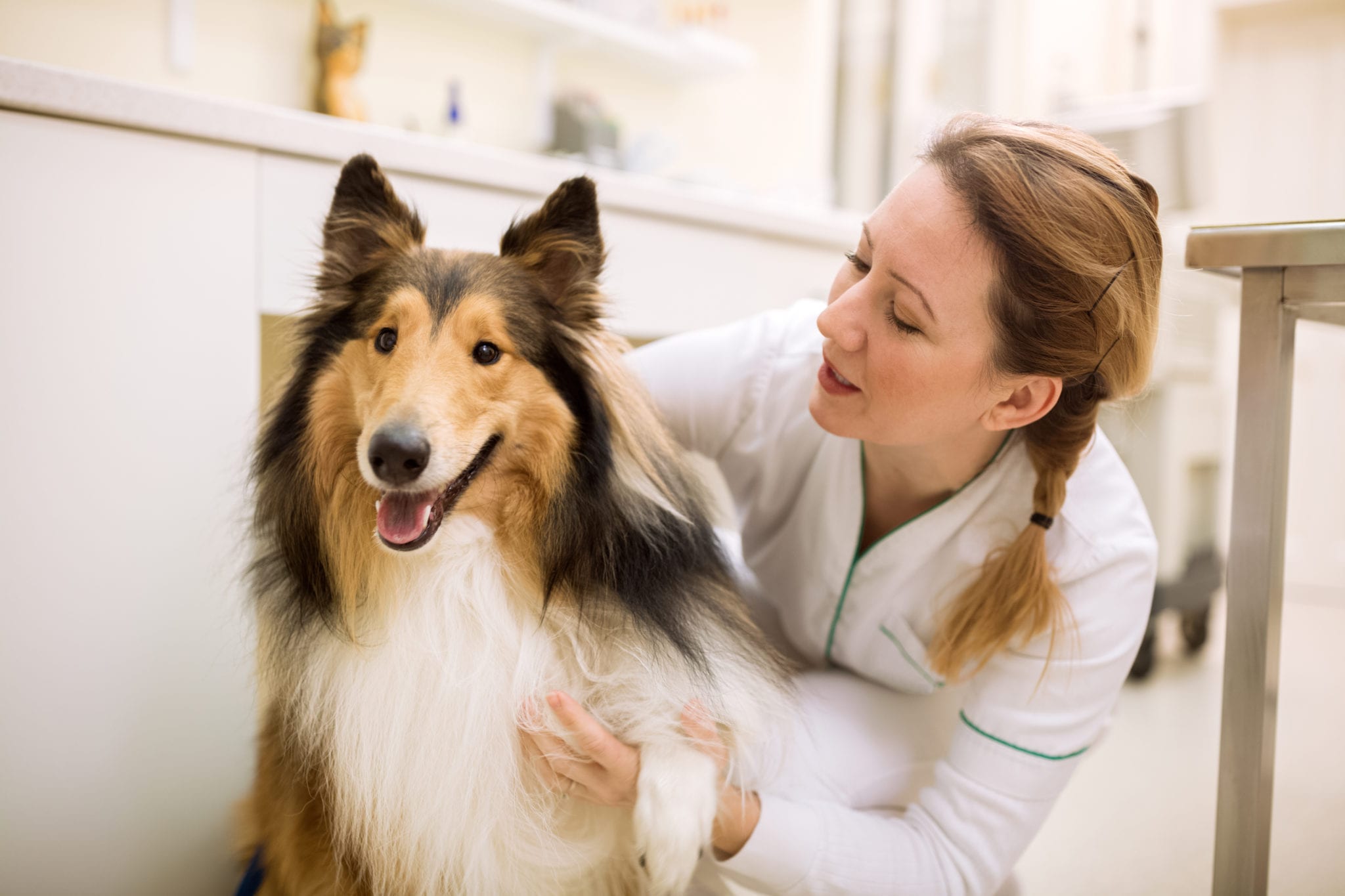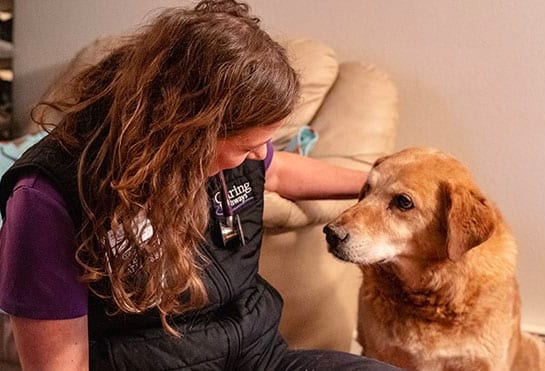How Do I know If My Pet is in Pain: Quality of Life Questions
You already know your pet’s normal activites better than anyone, and so you are in the best position to evaluate your pet’s current situation.
Quality of Life Questions
Your beloved pet will always show you their best face, regardless of their pain or disease. Evaluating your pet in any of the following areas below should be considered on a timeline. Just as you watch children grow: you know they grow every day but we measure that growth in increments of time. So likewise, your pet’s deterioration occurs daily, but your true evaluation comes after time has passed.
The information and questions below require you to consider the responses as they are today compared to your pet’s “normal” responses as of weeks or months ago. You already know your pet’s normal actions better than anyone, and so you are in the best position to evaluate your pet’s current situation. You may use the categories below to evaluate your pet’s current quality of life, but feel free to contact us with any additional questions you may have so we may help you in this difficult time.
How can I tell if my pet is suffering, and what is my pet’s quality of life?
Breathing
Is your pet breathing with increased difficulty? Does breathing become more labored with exercise? A number of diseases can result in difficult breathing. Some of these are lung cancer or other diseases of the lungs or heart, as well as metastatic cancers.
Pain
Our pets experience pain just like we do, but they are unable to directly communicate how they are feeling. Animals are also adept at hiding pain which is thought to be a survival instinct so that they do not appear weak to predators or other pack members. Some signs to help you recognize possible pain in your pet are:
Dogs
- Aggression or irritability
- Arched or hunched back
- Chewing or licking painful region
- Decreased interest in food or play
- Growling or biting when painful area is touched
- Hiding
- Lameness or limping
- Reluctance or inability to jump
- Reluctance to move
- Stiff gait or stance
- Tail between legs
Cats
- Aggression or irritability
- Chewing or licking painful region
- Crouched or hunched posture
- Decreased interest in food or play
- Growling or biting when painful area is touched
- Hiding
- Lameness or limping
- Not grooming
- Not making it to litter box
- Reluctance or inability to jump
- Reluctance to move
- Stiff gait
Warning: Never give pain medications to your pet at home without the advice of your veterinarian. Human pain medications and anti-inflammatories such as aspirin, ibuprofen, and Tylenol (acetaminophen) can be dangerous and even fatal to cats and dogs.
Appetite and Drinking
Is your pet eating regularly? Is your pet eating normal amounts of food? Is your pet drinking adequate amounts of water based on their past history, or drinking too much water?
Incontinence
Does your pet exhibit a lack of control of their bowels or bladder? Does your pet need to relieve itself more frequently, or have accidents before it can get to an appropriate area? Is your pet vomiting and/or having diarrhea and are either of these becoming more frequent?
Mobility
Can your pet get up without help? Can your pet walk? Does your pet move without pain or with minimal pain? Does your pet have difficulty lying down, or do they just drop to the floor? Arthritis often makes it very difficult for pets to move around, as do many other disease conditions.

Sleeping
Is your pet having trouble sleeping through the night? Is your pet sleeping much more than usual? Is there crying or confusion as your pet awakens?
Happiness & Mental Acuity
Does your pet seem to be inattentive, or non-responsive to normal stimuli compared to days or weeks ago? Does your pet have a normal, “happy” response to seeing you, or has responding become too difficult? Does your pet wander incessantly? Does your pet seem to be very confused about where they are in your house?
More Bad Days than Good
Does your pet have more bad days or bad times than good? When the bad times outweigh the good ones, then the quality of life has been compromised. When this happens, it may be time to strongly consider in-home hospice care or in-home pet euthanasia.
Making Tough Decisions: Quality of Life Scale
Using this Quality of Life scale, you can assign a number value to the above criteria. A total of over 35 points indicates an acceptable quality, however palliative and hospice care may help improve quality of life or keep it at a higher level. Repeat this assessment on a regular basis or whenever things seem to change for your animal.
Please call us to schedule an in-home consultation and assessment when you are seeking help to determine your pet’s quality of life as they deal with the issues of aging and/or the diagnosis of a terminal condition. Our experienced team of veterinarians will help guide you in approaches to improving quality of life for your beloved pet, or, if quality of life has become unacceptable and the kindest decision is euthanasia, we will be there to advise and support you.




